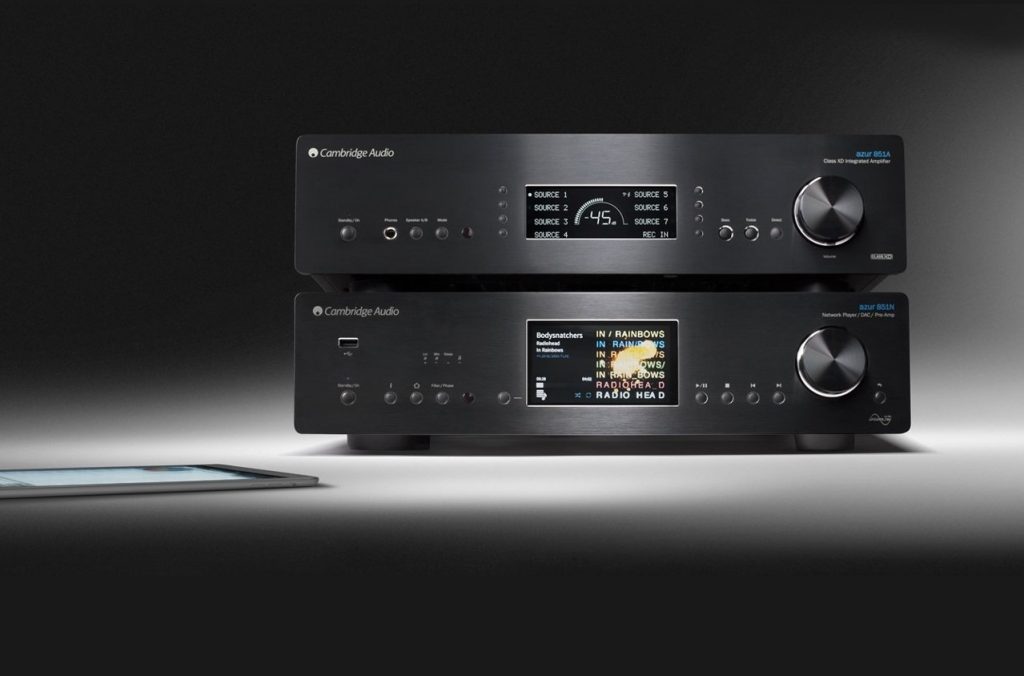Slat Absorbers
The last type of resonant absorbers shown comprises closely spaced slats over an air cavity. Again, a resonant system is formed by the interaction of mass (air between the slots) with a spring (air in the cavity). Absorption can be extended by applying a glass fiber board, commonly used behind the slots. Furthermore, the frequency of interest can be addressed by changing the width of the slots as well as the depth of the cavity and can be calculated as:

f0……………………frequency of resonance [Hz] p…………………….perforation percentage [%] D……………………depth of airspace [m] d…………………….thickness of slat [m]
Bass Traps
Bass traps are low-frequency resonators which are placed in room corner. Energy is concentrated in all the corners of every room mode, therefore, placing such bass traps in this corners can remove the energy of several order room modes. Figure 1. depicts for different solutions to address room modes in corners of a room:

(A) Built-in corner resonator:
everal resonator types are possible such as perforated, slat and panel absorbers
(B) Stacked cylindrical absorber:
This bass trap consists of two stacked cylinders whereas a smaller diameter unit is on top of a larger unit. The cylinders are composed of a wire mesh skeleton covered with fibrous material. The front hemisphere of the cylinders is reflective for frequencies above 400 Hz. Frequencies below that can penetrate the cylinders. This arrangement provides diffusion as well as low-frequency absorption. Absorption occurs through dissipation of acoustic energy by frictional losses. The sound pressure on the outside is higher than inside the cylinder. Air will move from high pressure to low pressure areas. This pressure change is converted into air movement within several layers of the cylinder surface and eventually decreases the air movement by friction.
(C) Polycylindrical resonator:
A polycyndrical absorber consists of a curved plywood with an air cavity behind the panel. The cavity can be divided with randomly spaced bulkheads to create several small cavities with various volumes thus resulting in different resonance frequencies for each cavity. This also requires the cavities to be airtight. Absorption can be increased down to lower frequencies by filling the cavities with absorbent material. This resonator also provides diffusion due to the cylindrical shape above about 400 Hz.
(D) Resonator with diffuser:
This absorber has two absorptive sides and one quadratic residue diffuser side, also referred to as Schroeder Diffuser. The two absorptive sides are facing the corner for modal control whereas the diffuse side faces the room. Incident sound on the diffusive side breaks up and is redirected into several directions. A reduction in the level of sound is achieved through the absorptive as well as the diffusive character of this resonator.
In this post, we explored two types of sound absorbers that are effective in controlling sound reflections; Other types of these absorbers and the things that need to be mentioned to improve the sound will be published in future posts. These will pave the way for creating a home theater of the highest quality.
The audio products offered in Saba smart systems, which include dali speakers, Yamaha and Cambridge audio amplifiers, and inakustik cables with great variety and high quality, make it possible to implement any type of equipment to meet the relevant needs.



